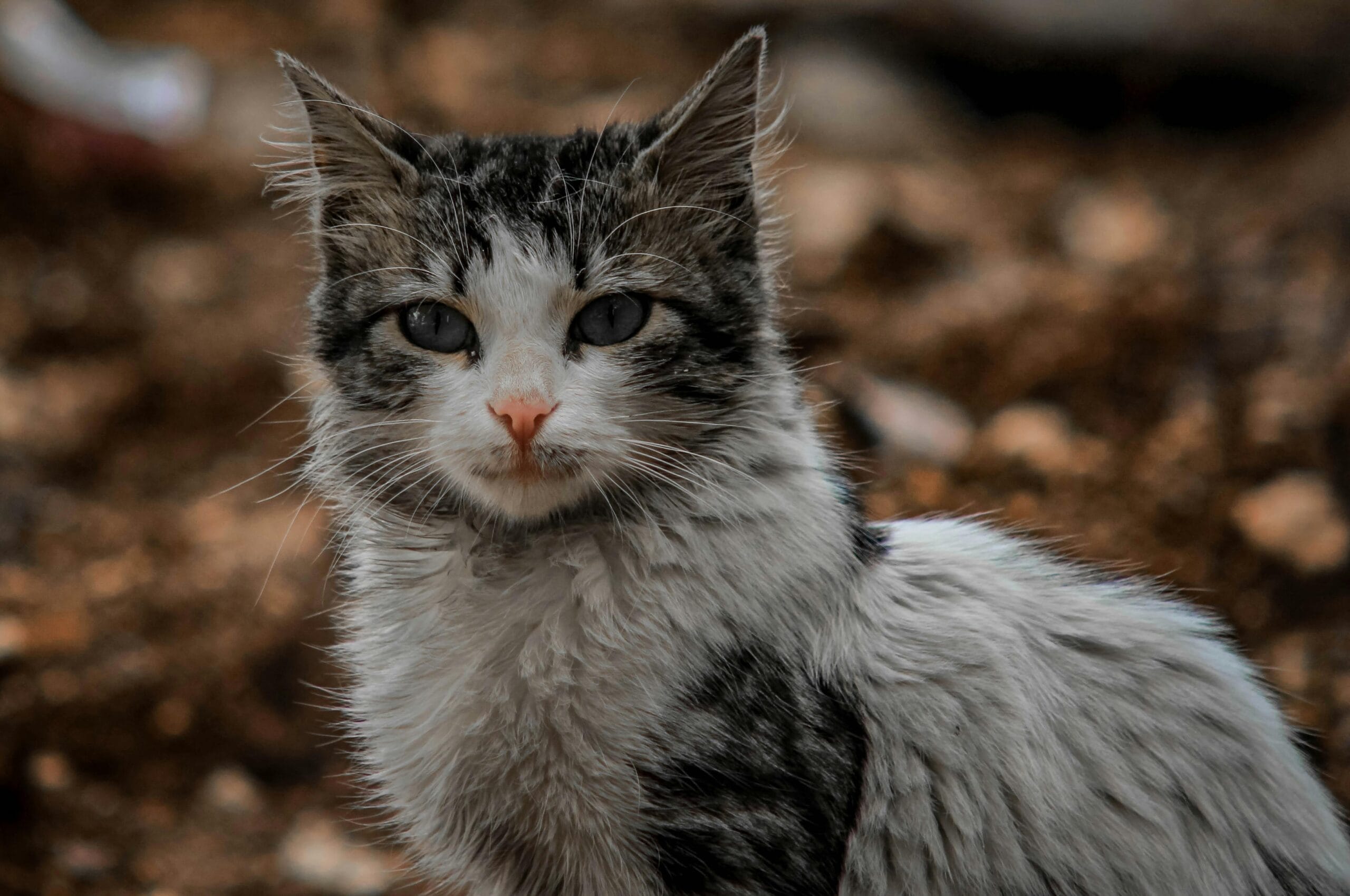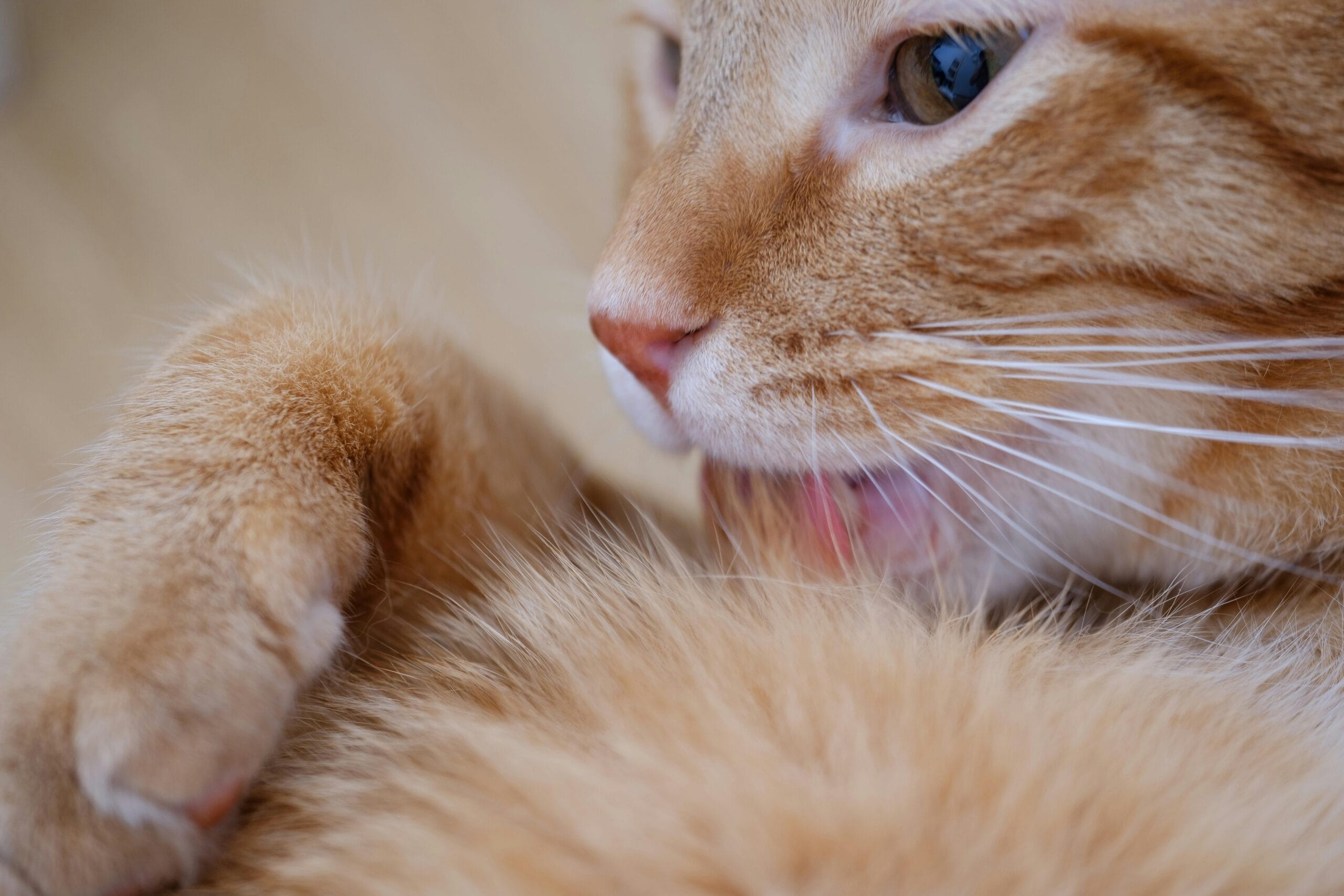How Many Jaws Does A Cat Have? Discover the fascinating cat jaw anatomy and learn the surprising number of jaws in a cat. Uncover the secrets of feline dental structure! Find out now! #catfacts #catanatomy
How Many Jaws Does A Cat Have? Unraveling Feline Jaw Anatomy
The question, “How many jaws does a cat have?” might seem simple, but delving into the fascinating world of cat jaw anatomy reveals a surprisingly intricate structure. Unlike some animals with multiple jaw sets, cats, like humans, possess a single jaw. However, understanding the components and functions within that single jaw provides a deeper appreciation for feline biology and their unique predatory capabilities. This detailed exploration will address the question of the number of jaws in a cat and offer a comprehensive look at the cat’s jaw structure.
Understanding the Single Jaw Structure: Cat Jaw Anatomy
The seemingly simple answer – one jaw – requires further explanation. A cat’s jaw, more accurately described as its mandible (lower jaw) and maxilla (upper jaw), forms a powerful and efficient tool for catching, killing, and consuming prey. While there isn’t a second, separate jaw, the complexity of the bone structure, musculature, and articulation (the point where the jaw joints with the skull) warrants a closer look.
The maxilla, or upper jaw, is fused to the skull, providing a stable base for powerful chewing action. In contrast, the mandible, or lower jaw, is a separate bone that articulates with the skull via a temporomandibular joint (TMJ). This joint allows for a wide range of movement, crucial for a cat’s hunting and feeding behaviors. The intricate interplay of these bones and muscles allows cats to inflict powerful bites and effectively process their food.
The Muscles Behind the Bite: Cat Jaw Muscle Function
The power of a cat’s bite isn’t solely determined by the jaw bones. Powerful muscles are responsible for the jaw’s movements and strength. The masseter and temporalis muscles are particularly significant, providing the force needed for gripping and crushing prey. These muscles attach to the jaw bones and skull, working together to create the strong bite force that is a defining characteristic of a feline predator.
The precise arrangement and development of these muscles differ slightly depending on the breed and size of the cat, but the overall function remains consistent. Understanding the intricate workings of the cat jaw anatomy highlights the evolutionary adaptations that make cats such successful hunters.
Teeth: An Integral Part of the Feline Jaw
The teeth play a vital role in the overall function of the cat’s jaw. Their sharp canines are specialized for grasping and killing prey, while their incisors help to grip smaller items. The premolars and molars are designed for tearing and crushing, enabling cats to efficiently process their food. The arrangement and type of teeth further underscore the efficiency of the cat’s single jaw system, highlighting the predator’s hunting and eating mechanics.
Consider the development of a kitten’s teeth. Learning about when a kitten’s eyes open here might surprise you with how this relates to their jaw development and overall growth. The eruption of these teeth is a significant developmental milestone and integral to the kitten’s ability to eat and grow.
Comparing Cat Jaws to Other Animals
While the question of “how many jaws does a cat have” is easily answered, comparing the cat’s single jaw to the jaw structures of other animals provides interesting insights. Some animals, like snakes, possess highly flexible jaws that allow them to consume prey much larger than their heads. Others, like sharks, have multiple rows of teeth, which are constantly replaced. In contrast, a cat’s single, efficiently designed jaw allows for a powerful and precise bite, perfectly suited to its hunting style.
Understanding the differences between cat jaw structure and those of other animals reveals a striking adaptation to their specific ecological niche. Cats’ jaw structure isn’t designed for consuming enormous prey whole but is exquisitely adapted for precise control and powerful bites, maximizing their success as predators.
Debunking Myths Related to Cat Jaws
While the biological reality of a single jaw is straightforward, misinformation can sometimes arise. Some might confuse the multiple bones within the jaw structure with multiple jaws themselves. It’s crucial to understand that these are interconnected components working in unison within a single functional jaw. It’s also important to debunk myths surrounding a cat’s ability to eat their young. Learn more about why this isn’t as common as sometimes portrayed here.
Separating fact from fiction when it comes to cat jaw anatomy and behavior is key to responsible cat ownership. Accurate understanding fosters empathy and responsible animal care.
The Role of Jaw Structure in Cat Behavior
A cat’s jaw structure is intimately linked to its behavior. The powerful bite is essential for hunting, self-defense, and playful interactions. Understanding the mechanics of a cat’s jaw helps us to interpret their behavior, particularly aggressive behaviors or defensive actions. Their hiss, for instance, often accompanies jaw movements and displays of teeth, signifying their displeasure or warning. Learn more about why cats hiss here.
The careful observation of jaw movements, coupled with knowledge of feline anatomy and behavior, allows us to better understand communication nuances within the feline world.
Additional Resources on Feline Anatomy and Behavior
To deepen your understanding of cat jaw anatomy and the broader topic of feline biology, explore these resources:
National Center for Biotechnology Information (NCBI): This website offers extensive research articles on animal biology, including detailed information on feline anatomy.
Cornell University College of Veterinary Medicine: A leading institution in veterinary science, Cornell’s website provides access to information on a wide range of animal health topics, including detailed information on anatomy and physiology.
Remember, handling newborn kittens requires great care. Find out more on the sensitive subject of newborn kitten handling here to avoid stressing the fragile felines.
Conclusion: The Definitive Answer to How Many Jaws Does A Cat Have?
In conclusion, the answer to “How many jaws does a cat have?” is unequivocally one. However, understanding the detailed cat jaw anatomy, the complex interplay of bones, muscles, and teeth, and the connection between structure and function reveals the marvel of feline evolutionary design. The single jaw is a perfectly optimized tool, reflecting the cat’s successful predatory lifestyle. The power and precision of a cat’s bite highlight the remarkable adaptation of this seemingly simple anatomical feature. This understanding improves our comprehension of feline behavior and allows for greater appreciation of these fascinating creatures.
Understanding the Transition from Kitten to Cat: Jaw Development and Growth
A kitten’s jaw development is a fascinating process. As they grow, their jaw structure strengthens and adapts to their changing dietary needs. Understanding the timeline of this development provides valuable insight into their overall growth and development. To understand when a kitten transitions into a cat, you can learn more here.
This understanding is particularly relevant for responsible pet ownership and helps pet owners better understand their feline companions’ developmental needs. The complex process of jaw development underscores the remarkable adaptability and resilience of these wonderful animals.
Call to Action: Share Your Experiences!
Have you ever observed your cat’s jaw in action? Share your experiences and any interesting observations about your cat’s jaw or bite strength in the comments below! Let’s discuss the fascinating world of feline cat jaw anatomy and the number of jaws in a cat together. Contribute your knowledge and help build a greater understanding of these intriguing creatures!

Frequently Asked Questions: How Many Jaws Does A Cat Have?
- How many jaws does a cat have?
- Like all mammals, a cat has two jaws: an upper jaw (maxilla) and a lower jaw (mandible). Understanding cat jaw anatomy is key to understanding their bite and eating habits.
- What is the structure of a cat’s jaw?
- The cat jaw anatomy involves a strong, relatively short upper jaw fused to the skull and a lower jaw that is hinged and movable. The number of jaws in a cat remains consistent at two.
- Does a cat’s jaw differ from a dog’s jaw?
- While both cats and dogs have two jaws, the structure differs. Cats have a shorter, more powerful jaw designed for crushing bones, while dogs have a longer jaw better suited for tearing meat.
- How many teeth do cats have in each jaw?
- The number of teeth varies slightly, but adult cats typically have around 16 teeth in their upper jaw and 14 in their lower jaw, totaling 30 teeth. This is relevant when considering cat jaw anatomy and function.
- Can a cat’s jaw dislocate?
- Yes, a cat’s jaw, like any other mammal’s, can dislocate. This usually requires significant force and often results in pain and difficulty eating. It involves the lower jaw (mandible) separating from the upper jaw (maxilla).
- How many bones are in a cat’s jaw?
- The upper jaw is fused to the skull, but the lower jaw is a single bone, the mandible. Therefore, considering the number of jaws in a cat, there is only one bone in the lower jaw and multiple bones fused in the upper jaw.
- What is the function of a cat’s jaw?
- The primary function of the cat’s jaw (both upper and lower) is for biting, chewing, and consuming prey. The powerful jaw muscles allow for a strong bite, essential for hunting and eating. Understanding cat jaw anatomy helps understand this function.
- Are there any genetic conditions affecting a cat’s jaw?
- Yes, various genetic conditions can affect the development and structure of a cat’s jaw, leading to abnormalities in size, shape, or function. These may impact bite and the cat’s ability to eat.
- Can a broken jaw in a cat be repaired?
- Yes, veterinary surgeons can repair broken jaws in cats. Treatment usually involves surgery to realign and stabilize the broken bones. The recovery time depends on the severity of the break and the individual cat.
- Why is it important to know the number of jaws in a cat?
- Understanding the number of jaws in a cat (two) and its related anatomy is crucial for veterinary care, addressing injuries, and understanding feline behavior and eating habits. Knowledge of cat jaw anatomy is essential for proper diagnosis and treatment.

How Many Jaws Does A Cat Have?
The simple answer is: a cat has one jaw. Unlike some creatures depicted in mythology or fiction, cats don’t possess multiple jaws. This single jaw, comprised of the mandible (lower jaw) and maxilla (upper jaw), is perfectly adapted for its predatory lifestyle. The powerful muscles and sharp teeth allow them to efficiently catch and consume prey. Understanding this basic anatomy is crucial for responsible pet ownership. If you’re concerned about your cat’s jaw, or notice any abnormalities, consult a veterinarian immediately.
Many people new to cat ownership have questions about kitten development. For instance, the timing of when kittens’ eyes open is a common query. Learning more about this process can help new cat owners understand their kitten’s development: When Do a Kitten’s Eyes Open?
Furthermore, understanding feline behavior is important for proper care. Sometimes, cat owners are concerned about seemingly aggressive behaviors between mother cats and their kittens. This includes the question of why a mother cat might hiss at her kittens. This behavior doesn’t always indicate danger but warrants further understanding. You can learn more here: Why Do Cats Hiss at Kittens?
Another common concern revolves around handling newborn kittens. Gentle and careful handling is vital for their well-being and development. Knowing what’s safe and what’s not will protect your kittens from harm. Learn more about the proper way to handle newborn kittens: Can You Touch Newborn Kittens?
The transition from kitten to cat is a fascinating process. Understanding when this transition typically occurs provides valuable insights into your cat’s growth and development. This link will provide details on the timeframe of this transformation: When Do Kittens Become Cats?
Lastly, the relationship between mother cats and their kittens is complex and sometimes involves behaviors that might seem concerning to new pet owners. One aspect to note is the natural behavior of mother cats regarding their offspring. You might wonder about a mother cat’s potential to consume her own kittens. Understanding these behaviors can ease concerns and assist in providing optimal care: Do Cats Eat Their Kittens? Responsible cat ownership requires understanding these nuances of feline biology and behavior.
Remember to always consult your veterinarian for any concerns regarding your cat’s health or behavior.

How Many Jaws Does A Cat Have, cat jaw anatomy, number of jaws in a cat